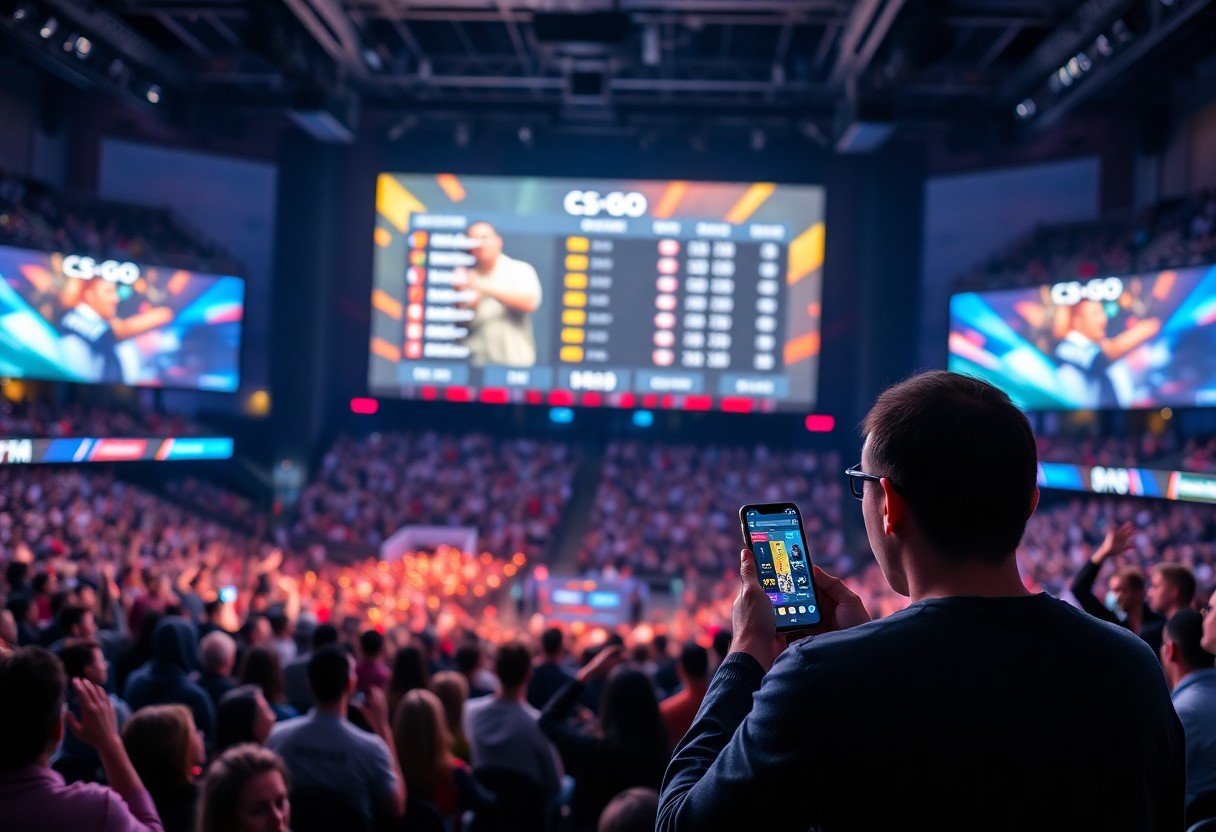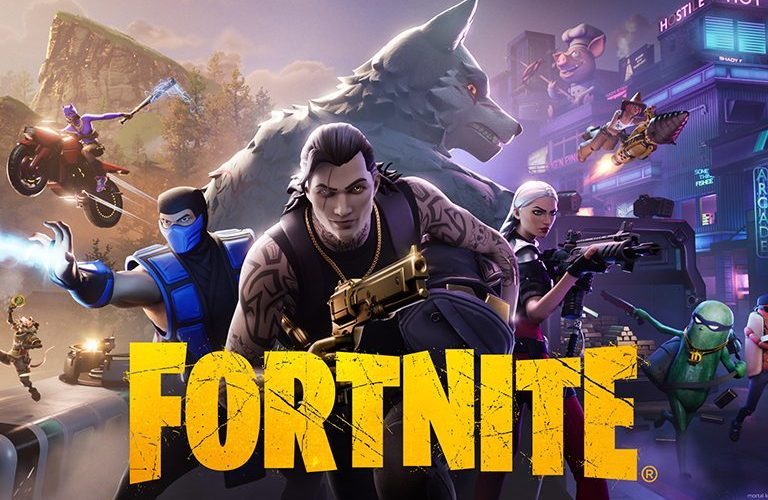Over the years, Fortnite has grown from a simple battle royale game into a cultural phenomenon. One of the driving forces behind this growth is Fortnite’s Creator Code program, which allows players to support their favorite content creators financially. While this system has created a symbiotic relationship between Epic Games, the developers of Fortnite, and its player base, it has also led to several unintended consequences that distort financial incentives in the gaming ecosystem.
The Creator Code program allows players to input a unique code associated with their favorite creators when making in-game purchases. When they do so, a portion of the revenue from those purchases goes to the creator. On the surface, this seems like an excellent way to foster community engagement and provide creators with a means to monetize their content. However, the variance in the financial incentive structures raises some concerns.
One major issue is that some creators may prioritize monetizing their relationships with fans over providing genuine, quality content. Since a larger audience translates to higher income through the Creator Codes, this can lead to a scenario where creators focus on clickbait-style content or engage in promotional strategies that prioritize revenues over value. This shift can undermine the quality of the community experience for players who are looking for authentic engagement.
Moreover, the competition among creators for audience shares can create a saturation effect, where creators feel pressured to constantly promote products or engage in collaborations that feel forced or inauthentic. The desire to gain code usage among their followers may drive creators to adopt ethically questionable practices, such as inflating the effectiveness of the products they promote or failing to disclose pertinent information about sponsored content. This trend can undermine trust within the community and affect content quality.
Another financial distortion occurs when creators align themselves with game companies based not on personal preference or quality of the product but purely on financial incentives. If a creator notices that certain games or products generate more revenue through Creator Codes, they might tout those offerings over others, irrespective of their reliability or experience. This dynamic can mislead players, making purchasing decisions based on potential revenue generation for content creators instead of quality or fitting the user’s personal gaming style.
Furthermore, the system may dilute community values, as players might feel prompted to support creators for monetary gain rather than genuine admiration. This sense of obligation can place additional pressure on players, ultimately detracting from the enjoyment of the game itself. Individuals may engage in transactions not out of a love for a creator’s work, but merely to feel part of a financial ecosystem that rewards creators disproportionately for their audience engagement.
Lastly, while the Creator Code program has undeniably empowered many content creators and facilitated new forms of support, it has also introduced a range of complications that can distort financial incentives. By prioritizing revenue generation, some creators may compromise the authenticity of their content and lead players down a path of consumer behavior that prioritizes financial gains over genuine connections.







